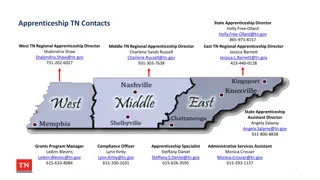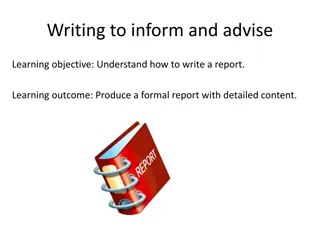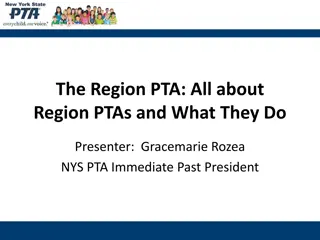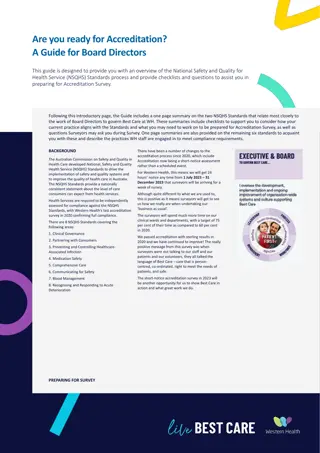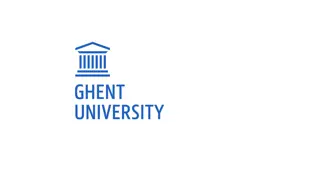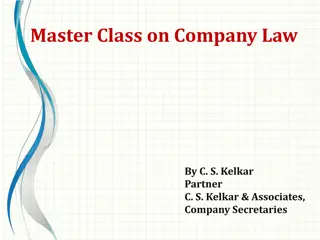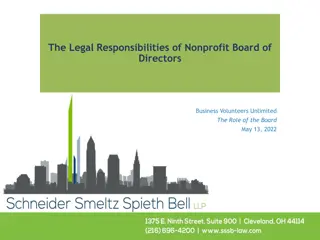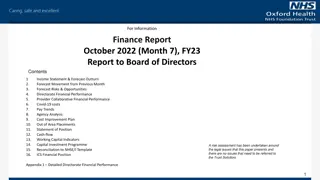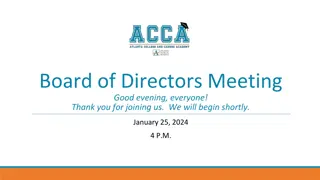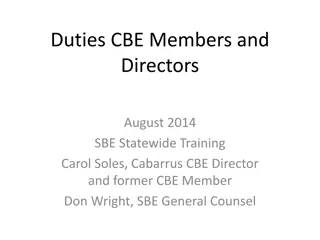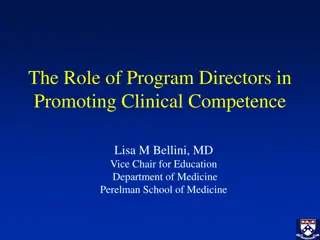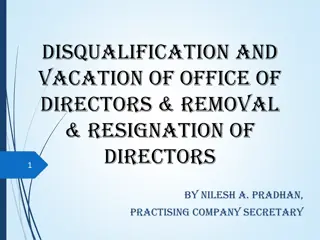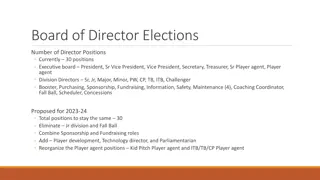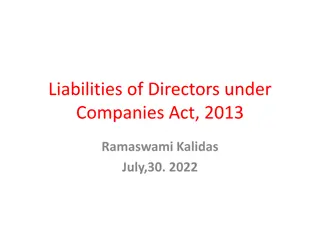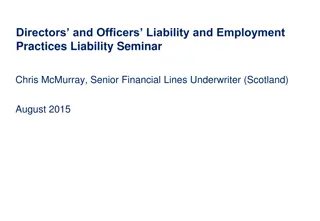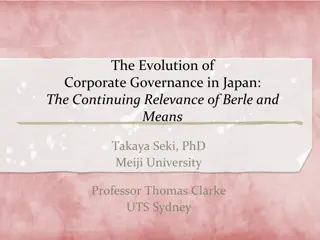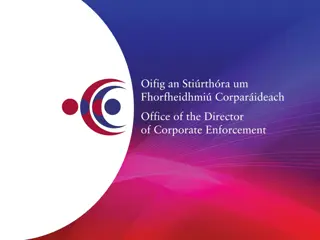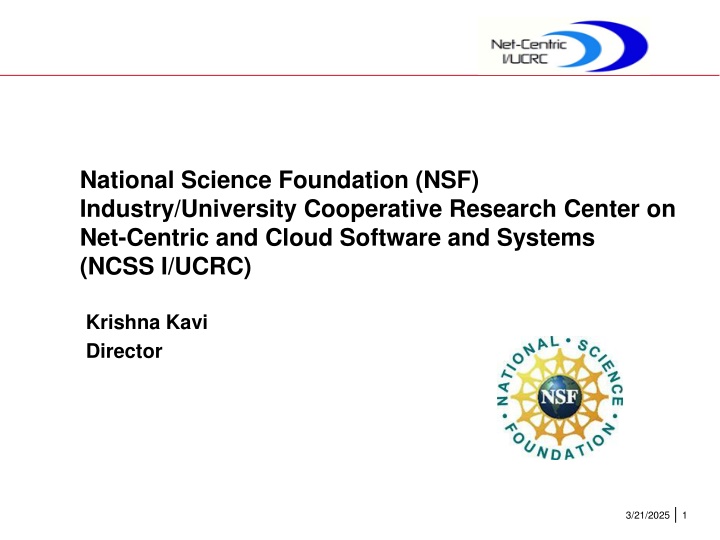
NSF Industry/University Cooperative Research Center on Net-Centric and Cloud Software
Discover the NSF Industry/University Cooperative Research Center dedicated to advancing cloud-based and net-centric software and systems. Learn about its mission, history, development timeline, partners, and accomplishments in research and education.
Download Presentation

Please find below an Image/Link to download the presentation.
The content on the website is provided AS IS for your information and personal use only. It may not be sold, licensed, or shared on other websites without obtaining consent from the author. If you encounter any issues during the download, it is possible that the publisher has removed the file from their server.
You are allowed to download the files provided on this website for personal or commercial use, subject to the condition that they are used lawfully. All files are the property of their respective owners.
The content on the website is provided AS IS for your information and personal use only. It may not be sold, licensed, or shared on other websites without obtaining consent from the author.
E N D
Presentation Transcript
National Science Foundation (NSF) Industry/University Cooperative Research Center on Net-Centric and Cloud Software and Systems (NCSS I/UCRC) Krishna Kavi Director 3/21/2025 1
Center Overview Mission A primary source for fundamental research for the modeling, analysis, design, implementation, verification and validation, testing, deployment, and evolution ofCloud-based and net-centric software and systems. History Concept for Center originally suggested by Dr. Ray Paul, OSD, as a means of addressing DoD demand for net-centric capabilities across the agency and has been expanded to include Cloud systems Creation NCSS I/UCRC formally established in early 2009 Current Academic Partners University of North Texas (UNT) Southern Methodist University (SMU) University of Texas at Dallas (UTD) Arizona State University (ASU) Missouri University of Science and Technology (MUST) Industrial Partners Each partner contributes $35K annual membership (a different membership for small businesses) Multiple memberships permitted At least 3 memberships required for each university (and a minimum of $175K per year) At least 2 universities required to form an I/UCRC Current and past partners include: Air Force, Army, AMD, Boeing, EDS/HP, Intel, NTT Data, Raytheon, Samsung, Sprint Tektronix, Texas Instruments, Intel, LG, and several small businesses 3/21/2025 2
NCSS I/UCRC Development Timeline Ray Paul encourages DFW universities to form a research consortium Summer 2005 Request for Center Renewal (Phase II) submitted by UNT, UTD and SMU in September 2013 Kickoff meeting in Dallas April 2009 Working group formed with UNT, UTD, UTA , SMU, Raytheon, Lockheed Martin Aero, TI, and several others 2005-2006 October 2013 IAB meeting in Dallas ASU becomes a site August 2010 October 2011 IAB held in Tempe, AZ IUCRC formation with UNT (as lead), UTD and SMU September 2007 Innovative Managing Director Grant, Oct 2013 MST becomes a site August 2012 Full proposal for IUCRC creation submitted to NSF September 2008 Approval of Phase II Center (UNT, UTD, SMU) March 2014 April 2013 IAB held in St. Louis, MO NSF Net-Centric IUCRC approved with UNT as lead, UTD as a site and SMU as an affiliated site February 2009 April 2014 IAB meeting in Tempe, AZ 2014 2013 2012 2011 2010 2009 2008 2006 3/21/2025 3
Accomplishments By Numbers Combined totals for all sites since 2009 through 2013 Total Industrial Memberships raised Other funds leveraged (including NSF) $2,602,000 $3,198,000 Total publications Publications with industrial partners Patents filed or received Total number of students that participated Number of women/minority students involved Total number of graduates Graduates employed by member companies Total number of faculty involved Number of women faculty involved >100 103 43 4 > 30 52 22 25 8 3/21/2025 4
Industrial members Air Force Research Laboratory Ashum Compumatrice Briggs Freeman Endometric US Army Interactive Flow Jianghuan Petroleum Streber-Tech White Mountain 3/21/2025 5
What Do Companies Gain from Membership? Influence I/UCRC Research Directions Opportunities for constructive collaboration and directed efforts with team of customers, partners, suppliers, and competitors on basic and applied research of key mutual benefit Opportunities for focused incubation of technologies, directed by a business partner or partners and targeted to specific product line enhancements Joint Research with Universities, Industries, and Customers (e.g., DoD, NSF, DARPA, DoE, others) Consortium resources can augment potential CRAD and/or IRAD proposals and projects by providing evidence of and access to collective consortium capabilities, skilled personnel, and past research project performance Technology Transfer Novel concepts emerging from collaborative industry, customer, and academic research provide opportunities to move ideas from theory to practical application Partnering with Industry on Key Research Interests Opportunities for collaboration, consulting, and independent peer review with academic, customer, and industry practitioners 3/21/2025 6
Other Benefits? Access to University Research A force multiplier for generating new business opportunities, growing existing competencies, and filling technical gaps Training and Education of Employees Academic curricula of member institutions targets key net-centric enabling technologies providing potential future employees with focused skill sets and minimal learning curves Access to Students as Interns and Potential Employees A relevant, desirable, and domain-specific resource pool A lower risk, affordable alternative to recruiting from institutions without net-centric training elements Diverse Faculty and Student Population Culturally aware, multi-lingual pool of potential consultants for businesses turning their attention to international pursuits, customers, and competitors IRAD/CRAD Partnerships Consortium resources can augment potential CRAD and/or IRAD proposals and projects Provides evidence of capabilities, access to skilled personnel, and past research project performance 3/21/2025 7
Overall Competencies Faculty at the four universities have broad capabilities in Computer Science and Engineering related disciplines needed for Net-Centric and Cloud Computing Systems Computer Systems, High-Performance Computing, Cloud Computing Resource allocation, scheduling and load balancing, fault tolerance Emerging technologies such as multicore, 3-D RAM, PCM and compiler optimizations Cloud computing security Software Engineering and SoA Software Architecture, Software Testing, Software Safety Service Discovery and Composition QoS and Service Level Agreements Computer Networking, Security, Sensor Networks Wired and Wireless Security and authenticity of data Signal Processing Sensor Networks, Cyber Physical Systems 3/21/2025 8
Examples of Current Projects Dynamic Service Composition with QoS Assurance in Net-centric and cloud computing environments Optimizing performance and energy requirements of net-centric and embedded systems Cloud computing-based visualization tool to access global climate data sets Software benchmark and simulator forecaster Next generation memory systems for data centers A framework for assessing security vulnerabilities in Cloud computing systems A framework for Health Care app development Control and Management in Cyber-Physical Systems Distributed and Cloud computing framework for Internet of Things Real-time Adaptive and Intelligent DSP Systems 3/21/2025 9
How it Works The Center research is supported mostly by Industrial Memberships NSF funding offsets administrative project costs so every membership dollar goes into research Projects are proposed by both industrial members and university faculty The Industrial Advisory Board is composed of a representative from each of the industrial member companies and meets semi-annually The IAB selects projects performed by the Center Projects may leverage additional funds from other sources $35K annual industrial membership fee Different membership level for Small Businesses available 3/21/2025 10
http://www.art.com/asp/sp-asp/_/pd--11751093/Uncle_Sam_I_Want_You.htmhttp://www.art.com/asp/sp-asp/_/pd--11751093/Uncle_Sam_I_Want_You.htm Next Industrial Advisory Board Meeting In Dallas October 2014 Join us as an Industrial Member today! For more information: netcentric.cse.unt.edu kavi@cse.unt.edu 3/21/2025 11



